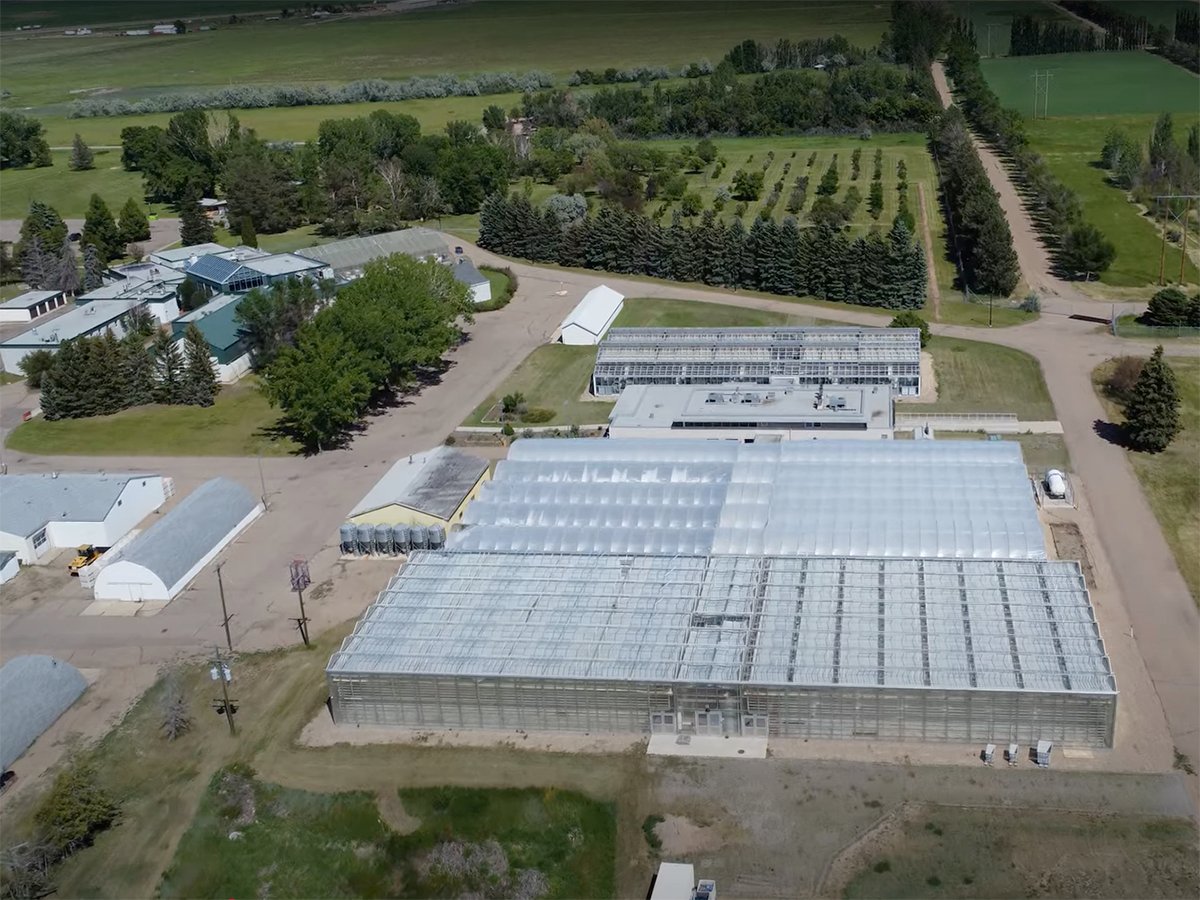Clayton Campbell is in a jubilant mood these days and it’s no wonder.
The plant breeder and president of Kade Research is starting to see the rewards of a breeding program that he predicts will put prairie buckwheat ahead of the competition.
“In a few years, we’re going to be kicking them.”
That may sound like a bold proclamation, but Campbell is confident in the potential of buckwheat varieties that his research company in Morden, Man., is developing. The research has focused on improved quality while striving to overcome agronomic challenges that limit buckwheat’s popularity among prairie growers.
Read Also

Alberta crop diversification centres receive funding
$5.2 million of provincial funding pumped into crop diversity research centres
One of the advancements could benefit growers as early as this year. In February, Kade Research sought support for registration of a buckwheat line listed as BR 03. Support was granted at the annual meeting of the Prairie Registration Recommending Committee for Grain and the line is now before the Canadian Food Inspection Agency for review.
Campbell said the potential buckwheat variety outshone its competition at a taste test held in February in Japan, an important buyer of Canadian buckwheat.
“It’s the first buckwheat variety that has been developed based on quality, totally based on quality,” Campbell said.
“We also had about a 21 percent yield increase, which didn’t hurt anything either.”
If BR 03 is registered, it likely would go under the name Koma. Campbell said enough seed is already available to plant a few thousand acres this spring.
The variety would feature the high quality desired by Japanese millers, who are particularly interested in the colour, firmness and feel of noodles made from dehulled buckwheat seeds.
BR 03 is also partly self-pollinating, which is among the agronomic advancements worked on by Kade Research.
However, that is only the beginning of what growers can expect to see in terms of new buckwheat varieties.
Campbell said he wants to bring another improved line forward for registration in two years that will produce buckwheat seed that is even more appealing to Japanese millers. It will also deliver other agronomic advancements of interest to growers.
“It’ll be at least the quality of BR 03, but with a very dark green colour. The greener the better for them (the Japanese).”
He predicted that will make Canadian buckwheat the leader in a world market where the competition comes mainly from Japan and China.
He also predicted it will help increase acres grown to buckwheat in Western Canada, where slow maturity and limited yield potential have made buckwheat a poor cousin among special crops.
The variety that Campbell hopes to register in two years will be entirely self-pollinating, meaning there will be less abortion of the resulting seeds than with the traditional cross-pollinating varieties. The result should be higher yields.
The re-engineered plants will resemble chrysanthemum flowers. Instead of sending up a stem that later branches out, the future varieties will branch out early and then grow upward, resulting in better weed competition.
“The plant won’t even look the same.”
A few years from now, he hopes to have varieties ready for registration that will carry the complete package of quality and agronomic improvements, which will assure the dominance of buckwheat grown on the Prairies because Japanese plant breeders have not kept pace and China has tried to compete with a cheaper but inferior crop.
“For years we tried to compete against the Chinese (on price) and that was nuts. We found out a few years ago we had to breed for quality.”














